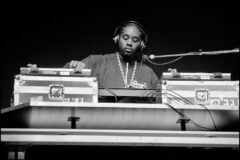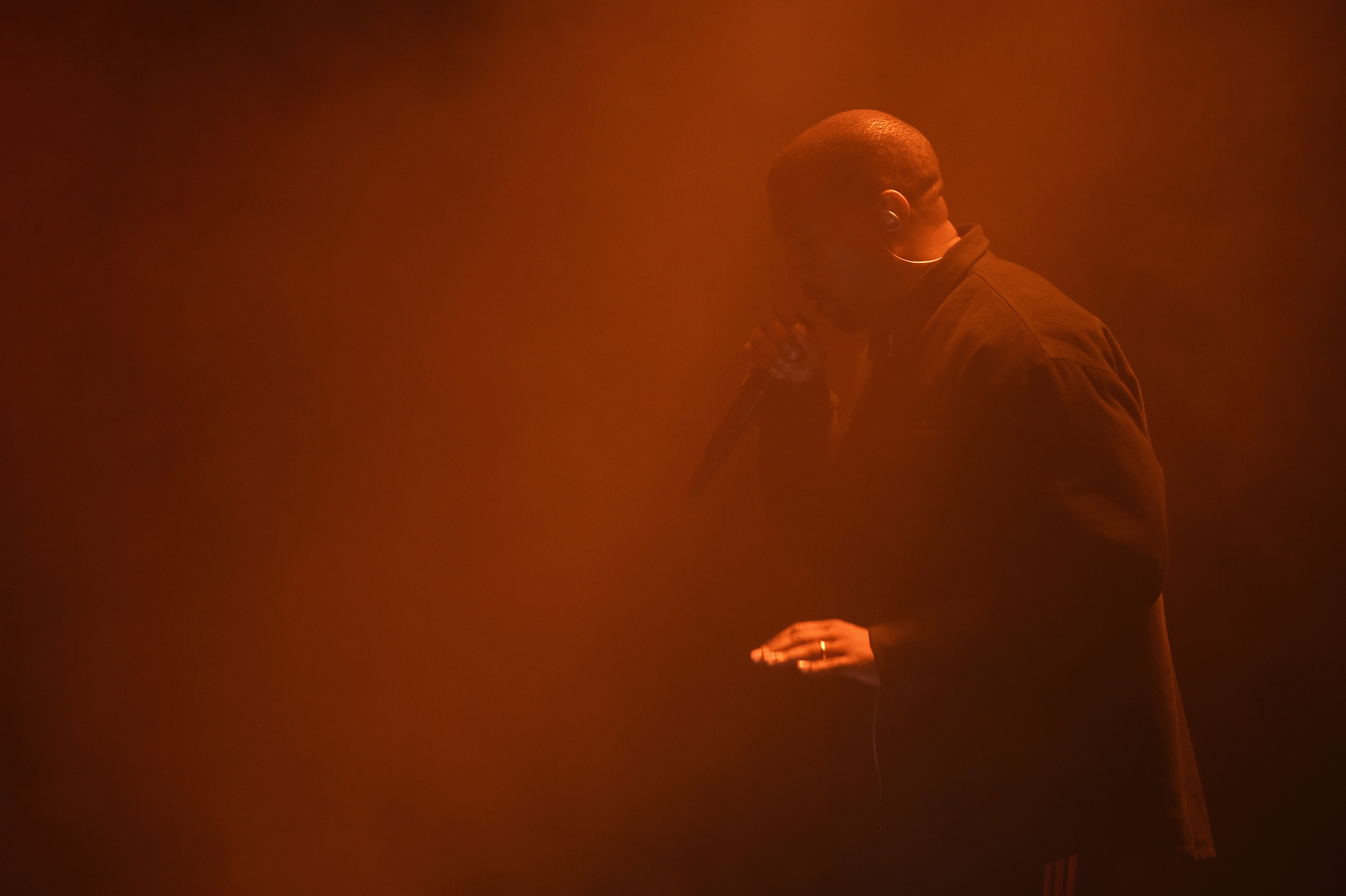Kanye West‘s verse on Pusha T‘s “What Would Meek Do?” does not bode well at all for whatever of his own music he’ll be releasing this year. As on “Lift Yourself” and “Ye vs. the People,” the only two new proper Kanye songs we’ve heard since the start of his MAGA mania, his subject matter is limited to poop scoops, his dumb red hat, and the high-level intellectual work he thinks he’s doing by watching Scott Adams videos on YouTube. Mercifully for Pusha T and everyone else, he spends the rest of Pusha’s new album DAYTONA behind the boards, where he still knows exactly what he’s doing.
To hear Pusha tell it, he had an album in the bag, relatively recently, when Kanye decided they’d go to Wyoming and make something together from scratch, with Kanye essentially handling all the production himself. Maybe it was the time crunch, or the absence of the army of co-producers that have contributed to Kanye’s last few albums, or the benefit of extended collaboration with a staunchly unmelodic rapping rapper like Pusha, but these beats are the sparest and hardest-hitting Kanye has produced in years. They don’t represent a return to his “five beats a day” Roc-A-Fella era, exactly, but a refraction of that sample-chopping sound through the art-directed mood boards and high-style aspirations that have fueled him recently. Minimalism can be a powerful thing, whether you’re talking beats by DJ Premier or sculptures by Donald Judd, and Kanye wields it expertly here.
That’s good, because production with lots of space and a big low end tends to bring out the best in Pusha. (Think “Grindin,” “Mr. Me Too,” “What Happened to That Boy,” or more recently, the earth-shaking 2013 Kanye co-production “Numbers on the Boards.”) On first listen, the strongest thing here is “Come Back Baby,” built on nothing more than a two-note bassline, the simplest possible 808 drum pattern, and occasional interjections from a classic soul sample. It sounds amazing: lean, nimble, and ready to fight. You can practically hear Kanye’s fingers hitting the MPC pads, and that handmade roughness is a large part of its charm.
Three of DAYTONA’s seven tracks are credited solely to Kanye as producer; three also list Andrew Dawson, a mix engineer; one features a contribution from Mike Dean. It’s safe to assume the album would have come out much differently—and not necessarily for the better— if another dozen names were added to that list.





